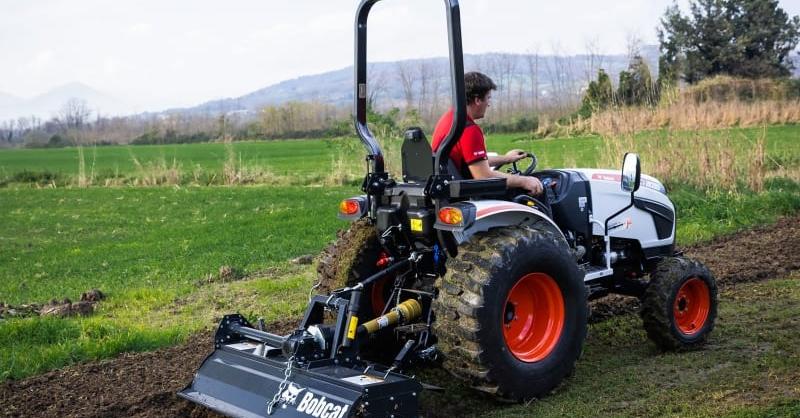Compact tractors are invaluable tools for a variety of agricultural, landscaping, and property maintenance tasks. However, operating these machines comes with inherent risks that require careful consideration and adherence to safety protocols. Whether you’re a seasoned farmer, landscaper, or hobbyist, prioritizing safety when operating compact tractors is essential to prevent accidents, injuries, and damage to property. In this article, we’ll explore some key safety considerations to keep in mind when working with compact tractors.
1. Proper Training and Familiarization
Before operating a compact tractor, it’s crucial to undergo proper training and familiarization with the machine’s controls, features, and safety mechanisms. Many accidents occur due to operator error or lack of understanding of how to safely operate the equipment. Training programs offered by manufacturers, dealerships, or agricultural extension services can provide valuable insights into tractor operation, maintenance, and safety practices.
2. Equipment Inspection and Maintenance
Regular equipment inspection and maintenance are essential for ensuring the safe and efficient operation of compact tractors. Before each use, operators should inspect the tractor for signs of wear, damage, or malfunction, paying close attention to tires, brakes, hydraulic systems, and safety features such as roll-over protection structures (ROPS) and seat belts. Any issues should be addressed promptly to prevent accidents and equipment failure.
3. Use of Personal Protective Equipment (PPE)
Wearing appropriate personal protective equipment (PPE) is crucial when operating compact tractors, especially in agricultural and landscaping environments where hazards such as flying debris, dust, and chemicals are prevalent. Operators should wear sturdy footwear, eye protection, hearing protection, gloves, and clothing suitable for the task at hand. PPE can help minimize the risk of injury and provide an additional layer of protection in the event of an accident.
4. Awareness of Surroundings and Hazards
Maintaining awareness of your surroundings and potential hazards is essential when operating compact tractors. Operators should be vigilant for obstacles, uneven terrain, overhead obstructions, and other hazards that may pose a risk to safety. Additionally, operators should be mindful of bystanders, animals, and other individuals in the vicinity of the work area to prevent accidents and injuries.
5. Safe Operating Practices
Adhering to safe operating practices is paramount when operating compact tractors. This includes operating the tractor at a safe speed, especially when navigating uneven terrain or carrying loads. Avoid sudden maneuvers, sharp turns, and abrupt stops that could lead to loss of control or rollover accidents. Always follow manufacturer guidelines and recommendations for safe operation, and never exceed the tractor’s load capacity or towing capabilities.
6. Rollover Protection Structures (ROPS) and Seat Belts
Compact tractors equipped with rollover protection structures (ROPS) and seat belts offer vital protection for operators in the event of a rollover or overturn accident. ROPS are designed to create a protective zone around the operator’s seat, reducing the risk of injury in the event of a rollover. It’s essential to ensure that ROPS are properly installed and maintained, and that operators wear seat belts at all times when operating the tractor.
7. Emergency Procedures and Communication
In the event of an accident, fire, or medical emergency, it’s crucial to have clear emergency procedures and communication protocols in place. Operators should know how to shut off the tractor safely, access emergency equipment such as fire extinguishers and first aid kits, and summon assistance if needed. Having a reliable means of communication, such as a cell phone or two-way radio, can facilitate quick response and ensure that help is available when needed.
In conclusion, safety should always be the top priority when operating compact tractors. By following proper training, equipment inspection, personal protective measures, and safe operating practices, operators can minimize the risk of accidents, injuries, and property damage, ensuring a safe and productive work environment for themselves and others. By prioritizing safety at all times, operators can enjoy the benefits of compact tractor use while mitigating potential risks and hazards associated with equipment operation.

